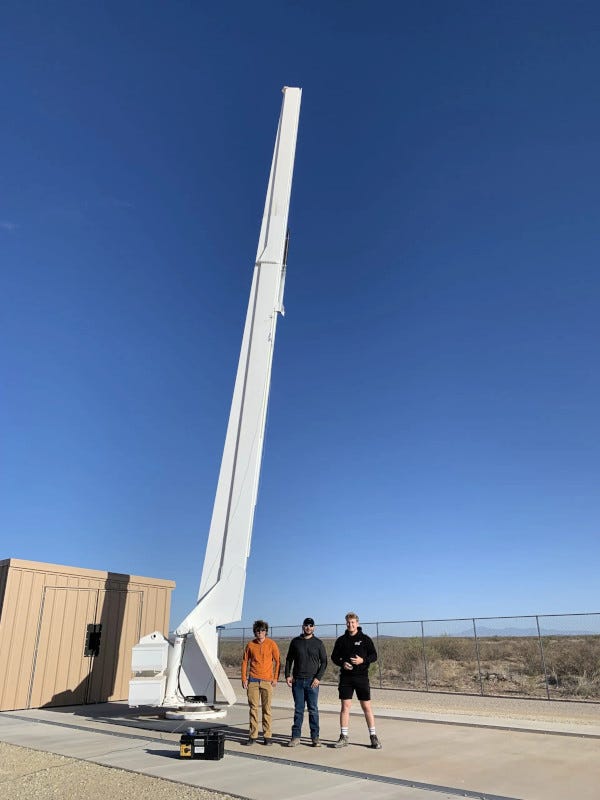Spaceport America Launches Academic Excellence
University Students Provide Critical Solutions for the Spaceport Use
In late 2024, Spaceport America created real-world engineering capstone projects for upper-level university students to help in fulfilling their graduation requirements. Eight months later, students from two universities – the New Mexico Institute of Mining and Technology (NM Tech) and New Mexico State University (NMSU) – have provided critical solution…
Keep reading with a 7-day free trial
Subscribe to The Journal of Space Commerce to keep reading this post and get 7 days of free access to the full post archives.



